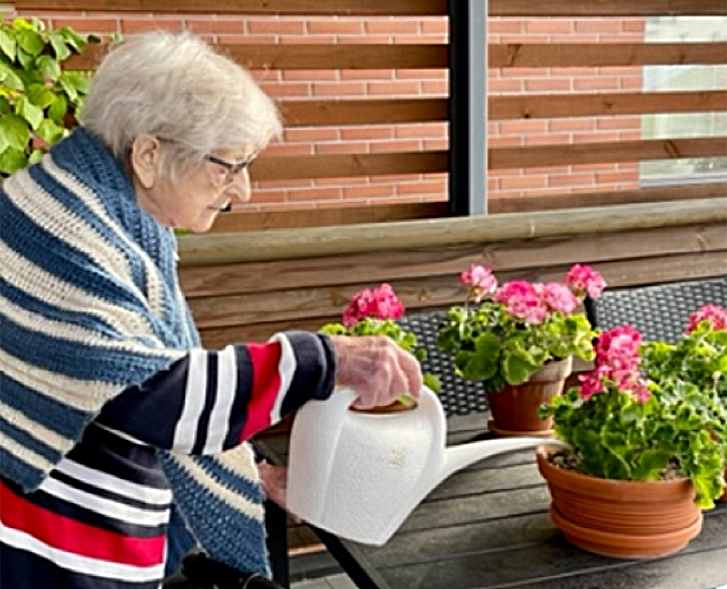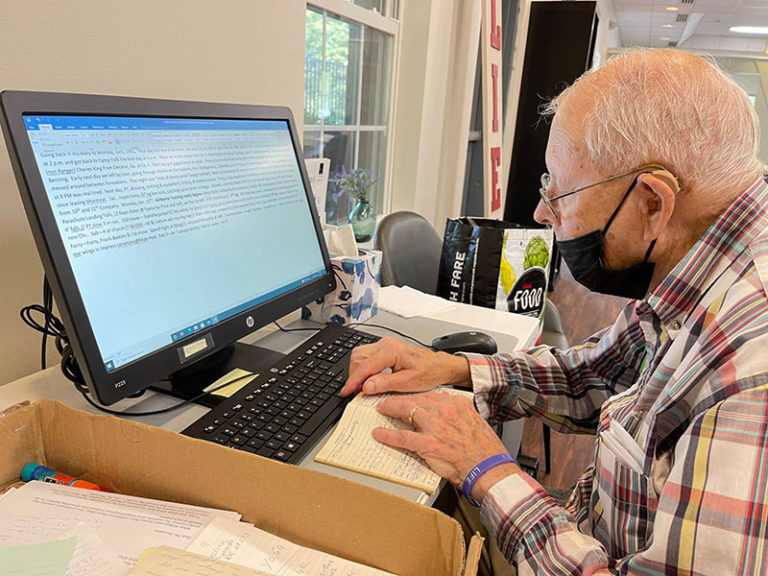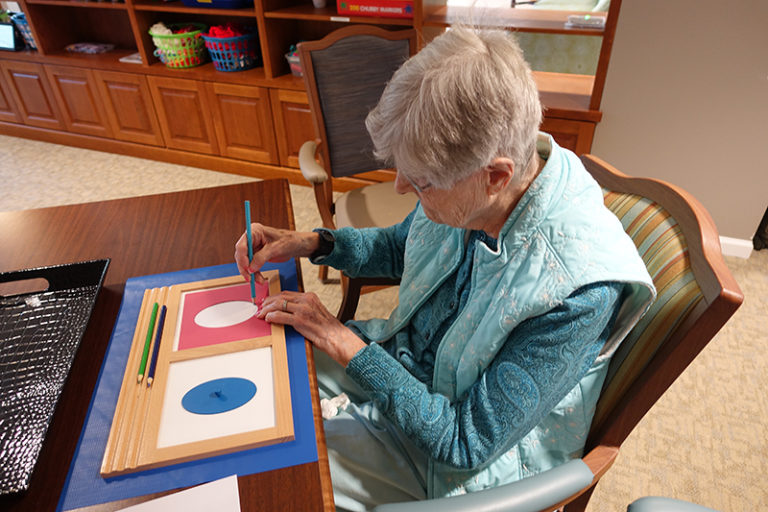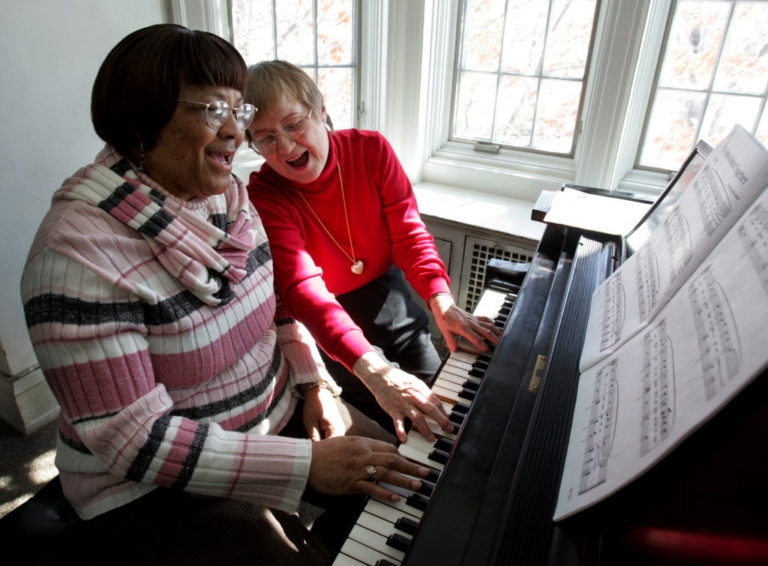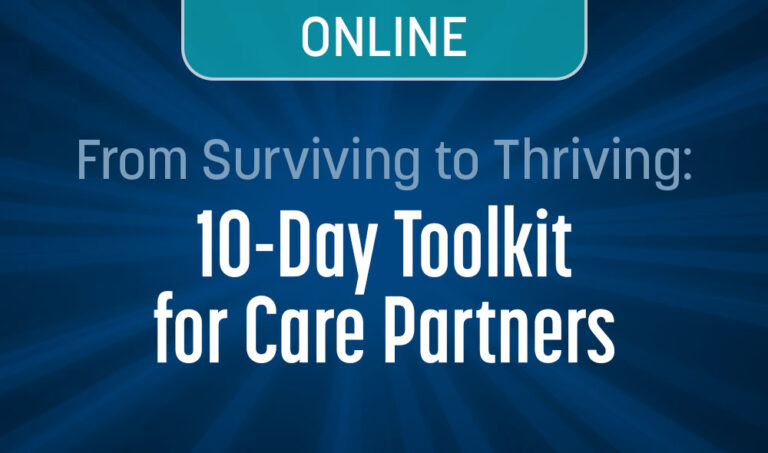Meaningful Engagement – A Critical Component of Elders’ Care Plans
You know this elder well. Whether because she is a family member, friend, or resident in your care community, you have taken the time to get to know important details about her past, her interests, her strengths, her challenges, and her preferences. Now what?
Now, it’s time to create a meaningful engagement plan. The Montessori philosophy of care for older adults and people living with dementia is based on providing opportunities for meaningful engagement. This is so much more than offering an exercise class, hosting a Bingo game, or showing a movie on Friday nights. While group activities have tremendous value, it is also important for there to be activities and roles personalized to the specific interests of each person.

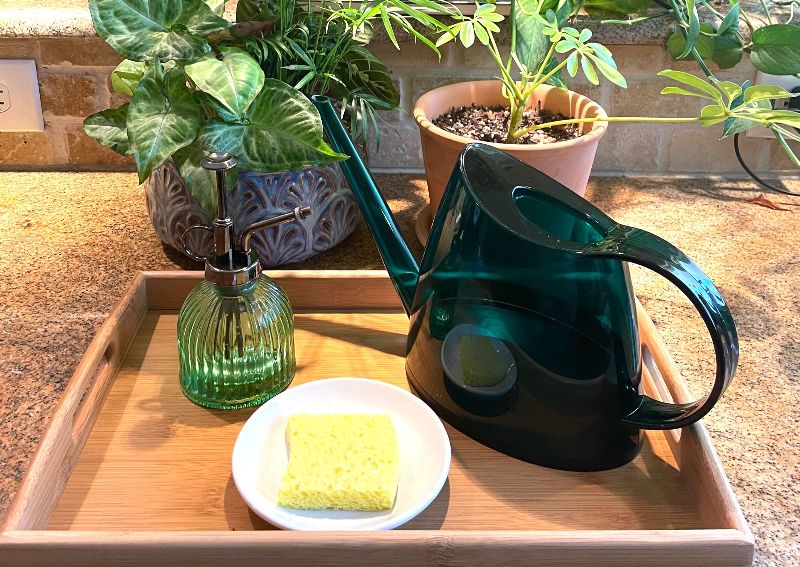
An engagement plan is based on the interests, strengths, and needs of the individual, and includes several suggested activities and roles specific to the individual. For example, Maria was an elementary school art teacher in New Mexico for many years. She speaks fluent English and Spanish. Maria enjoyed gardening, knitting, and cooking in her free time. What activities and roles could you create for Maria? Maria might enjoy painting with watercolors, speaking with a conversation partner in Spanish, or participating in a knitting circle. She might also enjoy watering plants in the garden, harvesting herbs, or helping to prepare vegetables for salads. Since she was a teacher, you might look for a leadership opportunity for Maria, such as a role leading the knitting circle or teaching an art class.
Once you have some ideas, as with Maria, care partners can invite elders to participate in some of these activities. If an activity falls flat, don’t just throw the whole idea out. Use your observations to modify the activity or role to see if you can make it a better fit for the person. When you do find a good match, invite the person regularly to participate until it becomes a new routine. Once the activity is routine and requires less support, you can try out a new activity. Keep things fresh by constantly adding new ideas to the list!
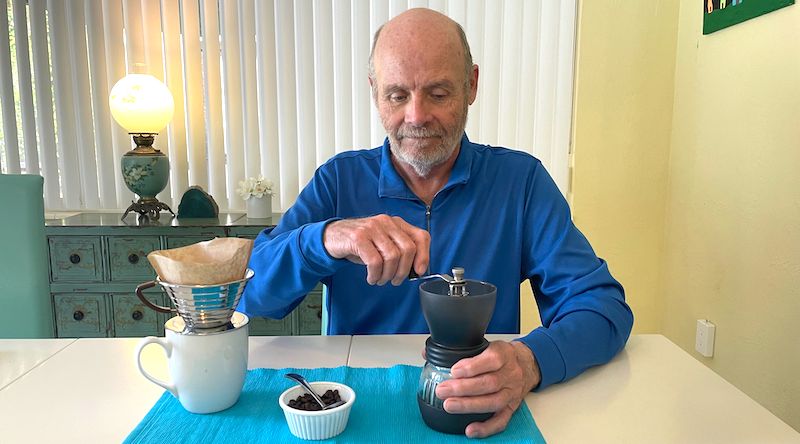
While we encourage care partners to be creative and spontaneous, it is also essential that the elder’s preferred activities and roles are documented in their engagement plans. A well-written engagement plan includes the following:
- Name of the activity or role
- Purposes (i.e., benefits)
- List of materials needed
- Step-by-step instructions
- Ideas for making the activity more complex or more simple
- Ideas for other related activities the person may enjoy
But engagement plans don’t serve anyone if they are kept in a binder on a dusty shelf. We also recommend that elders’ preferred activities and roles be posted on a large whiteboard in a staff-only area for easy reference. That way this information can be shared among care partners who work different shifts and different days, as well as family members and volunteers.
When elders are participating in engaging activities tailored to their personal interests and making meaningful contributions to their community through roles, they begin to truly thrive, rather than just survive. Isn’t that what we all want for our loved ones? For ourselves?

